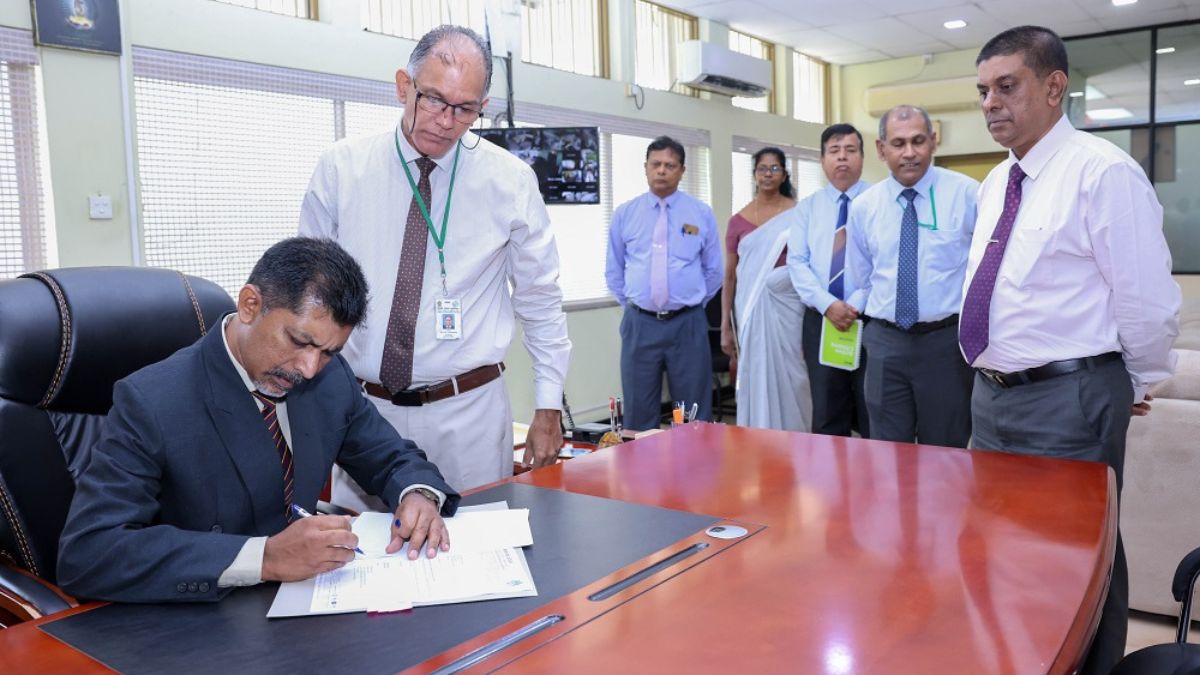A central environment authority is a government body responsible for overseeing environmental protection, policy development, and regulatory enforcement at the national level. These organizations play a crucial role in balancing economic development with environmental sustainability, ensuring that countries can meet both their growth objectives and environmental commitments.
Understanding how these authorities operate, their powers, and their impact on daily life helps citizens and businesses navigate environmental regulations while contributing to broader conservation efforts. Whether you’re a policy maker, business owner, or concerned citizen, knowing the role of your country’s central environment authority is essential for participating in environmental stewardship.
The Core Functions of Central Environment Authorities
Policy Development and Implementation
Central environment authorities serve as the primary architects of national environmental policy. They develop comprehensive strategies that address everything from air quality standards to waste management protocols. These policies must align with international environmental agreements while addressing specific national challenges and priorities.
The policy development process typically involves extensive consultation with stakeholders, including industry representatives, environmental groups, scientists, and local communities. This collaborative approach ensures that regulations are both scientifically sound and practically implementable.
Regulatory Oversight and Enforcement
One of the most visible functions of central environment authorities is regulatory enforcement. These agencies establish environmental standards, issue permits for industrial activities, and monitor compliance with environmental laws. When violations occur, they have the authority to impose penalties, require remediation, or even shut down non-compliant operations.
The enforcement mechanism varies by country but generally includes a combination of regular inspections, self-reporting requirements, and complaint-based investigations. Modern authorities increasingly use technology such as satellite monitoring and automated sensors to enhance their oversight capabilities.
Environmental Impact Assessment
Before major development projects can proceed, central environment authorities typically require comprehensive environmental impact assessments (EIAs). These evaluations examine potential environmental consequences and propose mitigation measures to minimize negative effects.
The EIA process serves as a critical checkpoint in the development approval process, ensuring that environmental considerations are integrated into project planning from the earliest stages. This proactive approach helps prevent environmental damage that would be costly or impossible to reverse later.
Powers and Authority Structure
Legislative Powers
Most central environment authorities operate under broad legislative mandates that grant them significant regulatory powers. These may include the ability to set emission standards, designate protected areas, and establish environmental quality benchmarks. The specific scope of these powers varies depending on the country’s legal framework and governmental structure.
In federal systems, central authorities often work alongside regional or state-level environmental agencies, requiring careful coordination to avoid regulatory conflicts or gaps in coverage. This multi-tiered approach can be complex but allows for more tailored responses to local environmental conditions.
Enforcement Mechanisms
Central environment authorities typically possess a range of enforcement tools, from administrative penalties to criminal prosecution referrals. Common enforcement actions include:
Administrative penalties: Fines and sanctions imposed directly by the authority without court proceedings
Permit revocation: Removal of operating licenses for persistent violators
Remediation orders: Requirements to clean up contaminated sites or restore damaged ecosystems
Criminal referrals: Cases forwarded to prosecutors for potential criminal charges
The effectiveness of these enforcement mechanisms depends largely on the authority’s resources, political support, and the broader legal framework within which it operates.
Global Examples and Models
Established Systems
Countries like the United States, United Kingdom, and Germany have well-established central environment authorities with decades of operational experience. The U.S. Environmental Protection Agency, for instance, demonstrates how a federal authority can coordinate with state agencies while maintaining consistent national standards.
These mature systems offer valuable lessons about institutional design, stakeholder engagement, and adaptive management approaches. They’ve evolved through multiple political cycles and economic conditions, providing insights into building resilient environmental governance structures.
Emerging Models
Many developing countries have established central environment authorities more recently, often learning from international best practices while adapting to local conditions. These newer authorities face unique challenges, including limited resources, competing development priorities, and the need to build institutional capacity quickly.
Countries like Costa Rica and Rwanda have gained international recognition for innovative approaches to environmental governance, demonstrating that effective environmental protection doesn’t require massive budgets if institutions are well-designed and politically supported.
Challenges and Limitations
Resource Constraints
Most central environment authorities operate with limited budgets relative to their broad mandates. Environmental monitoring, enforcement, and policy development require significant technical expertise and financial resources. Many authorities struggle to recruit and retain qualified staff, particularly in specialized areas like environmental science and regulatory law.
Budget limitations also affect the scope and frequency of monitoring activities, potentially creating gaps in environmental oversight. This challenge is particularly acute in developing countries where environmental authorities must compete with other pressing social and economic priorities for government funding.
Political Pressures
Environmental regulations often create tensions with economic interests, placing central authorities in politically sensitive positions. Pressure from industry groups, local communities, and political leaders can influence regulatory decisions and enforcement priorities.
Maintaining scientific integrity while navigating these political pressures requires strong institutional design and clear legal mandates. The most effective authorities have built-in protections against political interference while maintaining appropriate democratic accountability.
Coordination Challenges
Environmental problems rarely fall neatly within the boundaries of a single agency or jurisdiction. Central environment authorities must coordinate with numerous other government bodies, including those responsible for energy, transportation, agriculture, and economic development.
This coordination challenge is compounded when environmental authorities lack the political clout to influence decisions made by more powerful economic ministries. Successful environmental governance requires mechanisms for integrating environmental considerations into decision-making across government.
The Path Forward for Environmental Governance
Central environment authorities continue to evolve as environmental challenges become more complex and interconnected. Climate change, in particular, is pushing these agencies to develop new capabilities and forge new partnerships across sectors and borders.
Future effectiveness will likely depend on authorities’ ability to embrace innovation, build public support, and maintain scientific credibility while adapting to changing political and economic conditions. The most successful authorities will be those that can demonstrate clear environmental improvements while supporting sustainable economic development.
For citizens and businesses, engaging constructively with central environment authorities—through public consultations, compliance efforts, and collaborative problem-solving—represents an opportunity to shape environmental outcomes. These institutions are only as strong as the societies they serve, making public participation and support essential for their success.
As environmental challenges intensify, the role of central environment authorities will only grow in importance. Understanding their functions, supporting their effectiveness, and holding them accountable for results are essential responsibilities for anyone committed to environmental protection and sustainable development.











